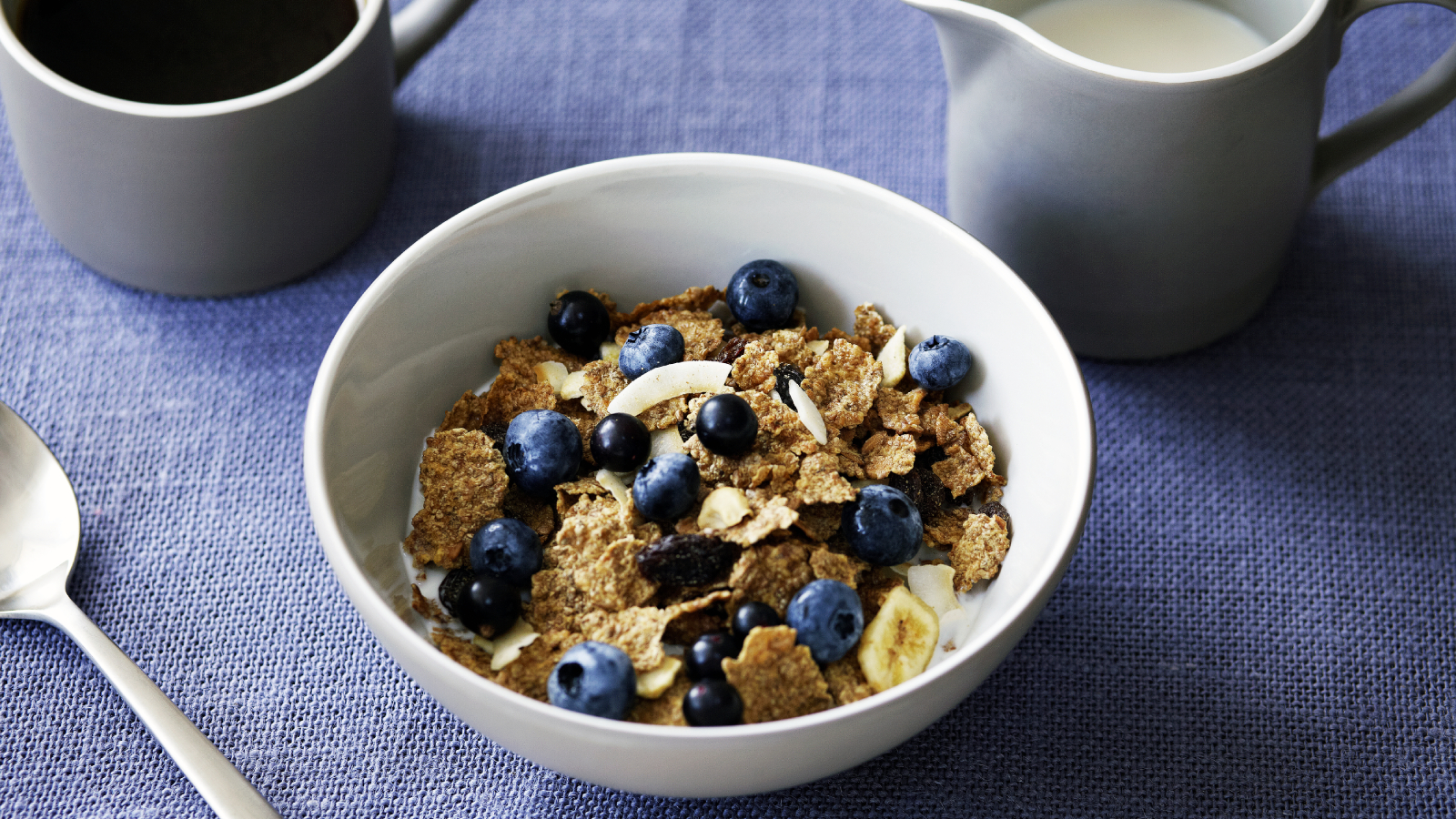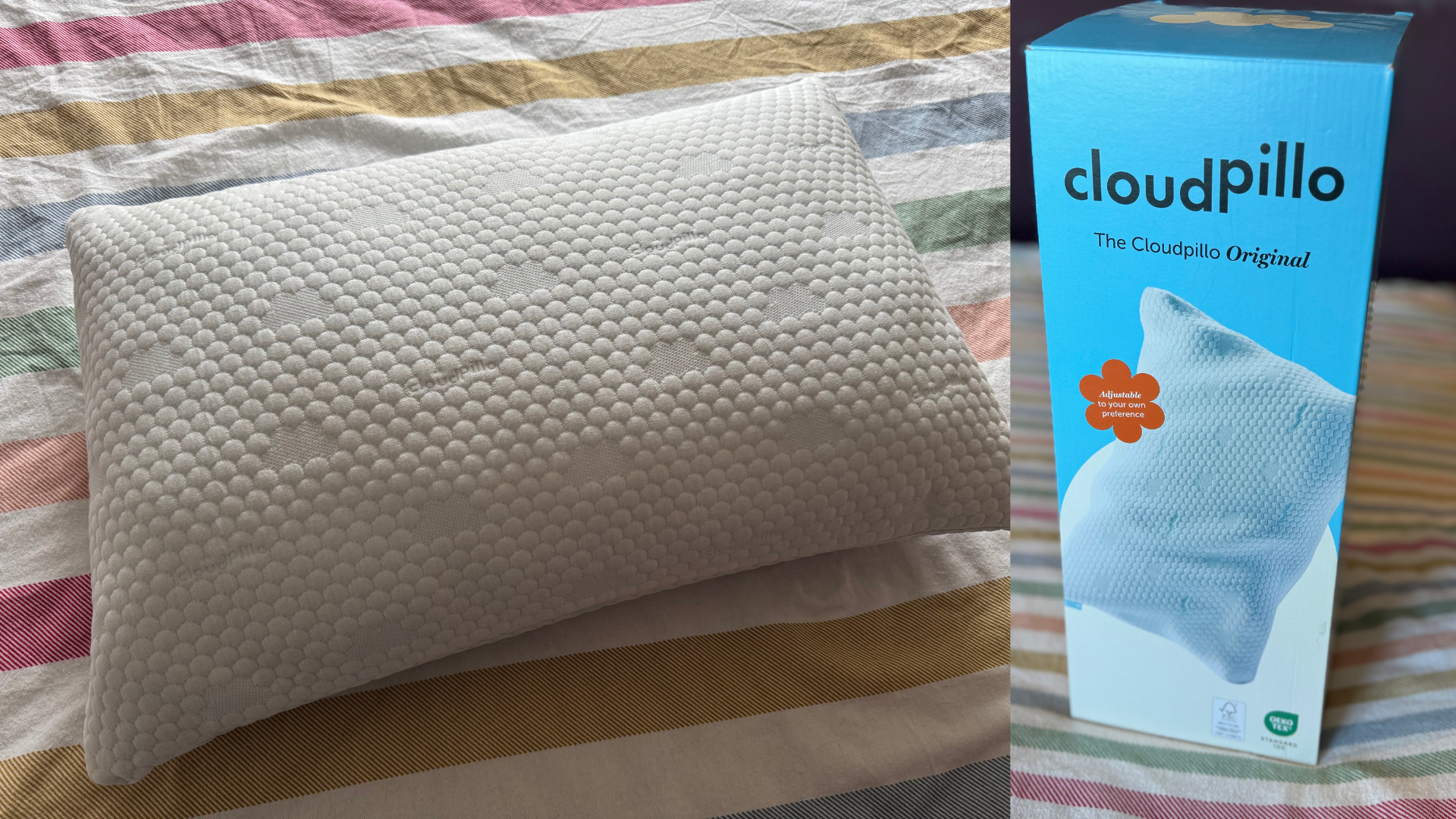The Special K Diet – a look back at this noughties cereal diet plan
The Special K Diet promised that munching on a cereal diet could help us slash calories and pounds – but does it work?

The Special K Diet, launched in 2004, and no longer advertised by Kellogg's, captured the mood of a nation who were looking for slimming plans that delivered big results, with the minimum of effort. But can a cereal diet actually work? We spoke to the experts to find out.
The Special K Diet and cereal diet: what did it promise?
The diet's tagline was ”drop a jeans size in 2 weeks“, making it appealing to women with busy lives who wanted a slighter more svelte figure in time for summer or a fixed occasion such a decade birthday or an upcoming wedding.
All those subscribing to the plan would need to do is eat cereal for two of their three meals a day, and the third meal of their choosing. And that‘s it!
It's worth noting here that the diet plan didn't provide much information on what the third – non-cereal – meal should be. So in order to keep on track, we'd recommend a balanced, healthy, but filling meal so that you‘re not counteracting the diet itself with your final meal. Why not try one of these healthy dinner recipes?
The diet is also based on the Special K Original recipe, rather than any of the new incarnations such as Special K Real Whole Blueberries or Special K Real Bananas.
The Special K Diet: the eating plan
Meals: Eat a bowl of Special K cereal for breakfast and again at lunch or supper. Remember, always choose skimmed milk, semi-skimmed milk or a non-dairy alternative with your Special K cereal.
Sign up for the woman&home newsletter
Sign up to our free daily email for the latest royal and entertainment news, interesting opinion, expert advice on styling and beauty trends, and no-nonsense guides to the health and wellness questions you want answered.
Your other meal should be a healthy, nutritious option of your own choosing. Try to include fresh fruit and vegetables for an added nutritional boost.
Snacks: Eating between meals is allowed, but you should restrict yourself to munching on fresh fruit and veg, or choose from the range of low fat Special K snacks. There are fruity Special K bars and light bites too.
Drinks: No specific drinks are outlined on the plan but remember to stay hydrated by drinking plenty of water and low/calorie-free drinks including tea and coffee.
Special K: a nutritional breakdown
The following applies to a 30g serving of Special K Original:
- Special K calories: 113kcal
- Special K fat: 0.5g (0.1g saturated)
- Special K fibre: 1.4g
- Special K carbs: 24g (4.5g of which are sugars)
- Special K protein: 2.7g
- Special K salt: 0.3g
Low in calories and fat, but still providing a hit of protein and fibre to help us feel fuller for longer, this cereal has a number of components that tick key nutritional boxes, with any weight loss coming as an additional bonus.
The Special K diet: what did people actually think of it?
The Special K diet/challenge seemed to create a Marmite effect, with people either loving or loathing it.
Sticking points included the general tedium of eating copious amounts of cereal for days on end, and hangry moments induced by a rumbling tummy.
But for those who pushed through, there were impressive results. Over to Twitter:
Body Update: 07/17/17 Current Weight: 338 lbs / Down 9 lbs in 7 Days. #specialkdiet… https://t.co/RYUUZCK7ElJuly 17, 2017
lost 6 pounds! #sick #specialKdiet #feeling #goodJanuary 8, 2013
My pants keep falling down today. #yayayy #specialkdiet is working. 👌👍October 15, 2012
However, others were left feeling less than impressed. One user on the weddingbee.com forum wrote: “I tried it a few years ago but had to give up because I found myself feeling really irritable because of it. I think it probably would have worked, but it’s certainly only to be recommended for short-term weight loss as it’s definitely not a balanced diet.”
Another on the sparkpeople.com forum had initial success, before a slide back in terms of weight gain, writing: “I tried it & lost 12 lbs and then I stopped losing. After I went off the diet I gained all the weight back & then more weight.”
So it seems that the jury’s out, but like any weight loss plan there are likely to be those for whom it works better than others. And adding in additional factors such as exercise could also have a bearing on how much weight is lost over the two-week period.
The Special K diet: how much weight can you lose?
In 2011 Kellogg's enlisted the help of scientists at Loughborough University to measure the impact of the Kellogg’s Kick-start plan, which saw participants eat two bowls of either Kellogg’s Special K or Kellogg’s Crunchy Nut with semi-skimmed milk for breakfast and either lunch or dinner to help kick-start their weight loss journey.
It found that:
- On average participants lost 3/4 inch from around their weight
- 38% dropped a whole trouser size
The same research cites a study by Queen Margaret University College, Edinburgh, similar to the above, which revealed the following results:
- Average weight loss was 4.3lbs
- More than 20% lost more than 6lbs
The Special K Diet: what two nutritionists have to say
“For many, the average day will consist of three meal times, with a dish providing around 600 calories. If this is switched up, and two-thirds of those meals provide less than half of this, then doing this for some time, in theory, will lead to weight loss,” says Lola Biggs, registered dietician and nutritionist at Together Health.
“However, using the same theory, once the ‘normal’ diet returns, the weight is likely to return with it.”
Continuing, she adds: “Eating cereals has become a traditional breakfast staple, and most are fortified with essential B vitamins, calcium and even vitamin D, however it is important to be aware that a bowl of cereal can only bring so much to the table nutritionally, and does not replace a well-balanced diet. So essentially, this kind of diet is only a short-term fix.”
Registered nutritionist Claire Baseley echoes these thoughts, saying that on a calories in, calories out basis, the diet is likely to result in weight loss. However, she also cautions that the the plan is likely to leave those on it feeling very hungry which, “may affect your concentration and mood”.
She goes on to say that breakfast cereals have their place, but they're best left to the first meal of the day.
“While breakfast cereals, particularly fortified ones, can contribute to a healthy balanced diet, especially if you add fruit or yoghurt to boost your nutrient intake at breakfast, my advice would be to keep them for breakfast and eat two varied and balanced meals at lunch and dinner,” she adds.
Miriam worked for woman&home for over five years and previously worked on the women's lifestyle magazines Woman and Woman's Own.
-
 The Handmaid's Tale: Does June get Hannah back at the end of season 6?
The Handmaid's Tale: Does June get Hannah back at the end of season 6?It's been June's endgame from the very first moments of The Handmaid's Tale, but will she be reunited with her daughter Hannah at the end of season 6?
By Lucy Wigley
-
 My decades-long quest for the perfect pillow ends here, but forget what you think you know about memory foam
My decades-long quest for the perfect pillow ends here, but forget what you think you know about memory foamPacked full of tiny pieces of shredded memory foam with a dual-sided cover to keep you cool, this is the next best thing to sleeping on a cloud
By Heidi Scrimgeour